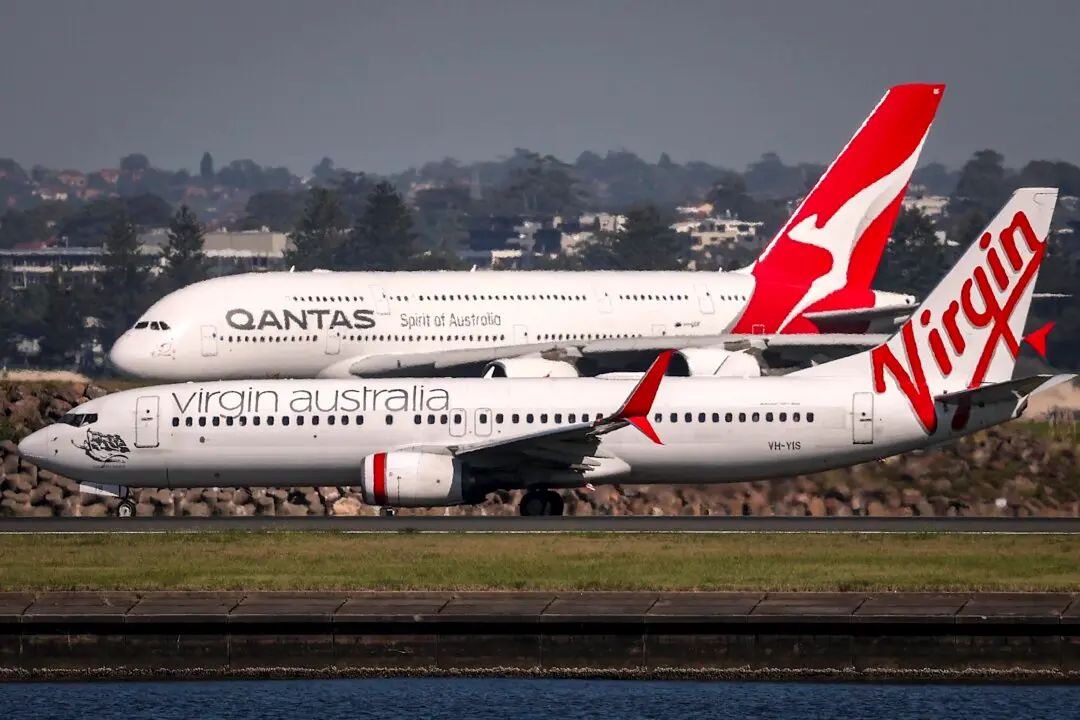Australia is witnessing the refinancing boom expand further as more and more homeowners switch lenders to cope with the central bank’s current interest rate hike cycle.
This marks a significant change as the monthly owner-occupier refinancing level has hovered around $12 billion since June 2022.
According to acting ABS head of finance and wealth Dane Mead, many borrowers had to switch lenders due to rising interest rates.
Another factor that was likely to contribute to the growth in refinancing was the expiry of fixed-rate home loans.
These home loans were secured when the official cash rate was at the historic low of 0.1 percent.
Drop in New Home Loans
In November 2022, the overall value of loan commitments for housing purposes dropped by 3.7 percent, up from a 2.8 percent reduction in October. And compared to a year earlier, the figure was 24.3 percent lower.In addition, the loan amount taken by owner-occupiers dipped by 3.8 percent to $16.43 billion, while home loans committed by investors fell by 3.6 percent to $8.29 billion.
Canstar group executive Steve Mickenbecker said there was a sharp fall in the loan amount that borrowers could obtain because of higher interest rates, as Canstar’s analysis showed that borrowing power had fallen by almost a quarter since April 2022.

Notably, first-home buyers have started to exit the market as loans taken by this group dropped by 50 percent from the January 2021 peak.
“After years of being constrained by the burden of putting together an adequate deposit in the face of rising house prices, first home buyers are now finding that the affordability of repayments is limiting their borrowing capacity,” Mickenbecker said in comments obtained by AAP.
The Canstar executive also said the interest rate hikes were achieving the RBA’s desired outcome of putting a break on new lending and damping down the property market.
Record Declines in House Prices
The downward trend in new home loans has deepened despite record drops in home values across Australia in 2022.The decline was the sharpest and occurred within the shortest amount of time compared to other major downward movements in home values since the 1980s.
CoreLogic said that the slumps in the house prices of Australia’s three largest capital cities were the leading cause of the downturn.
Specifically, Sydney’s home values witnessed a peak-to-trough fall of 13 percent, while Brisbane’s and Melbourne’s declined by 10 percent and 8.6 percent from their peaks, respectively.
CoreLogic said the RBA’s interest rate hike cycle was the main driver behind the fall in dwelling prices, as a three percent rate increase in 2022 had significantly slashed home buyers’ borrowing capacity and dissuaded people from entering the market.
Other reasons include the fact that Australians are more indebted today than in previous periods of rate hikes, with the housing debt-to-income ratio now standing at 188.5 percent compared to 162 percent in 2012 and 130.2 percent in 2002.
Furthermore, higher inflationary pressures and post-lockdown spending sprees have reduced the portion of household savings that could be used for a home loan deposit.
Despite the reduction in home values since May 2022, Australia’s average house prices were still 16.0 percent and 59.8 percent higher than they were five years and ten years ago, respectively.





